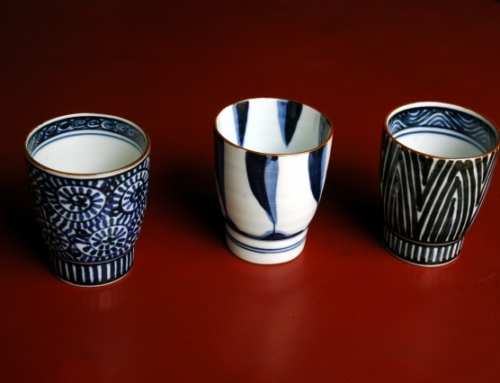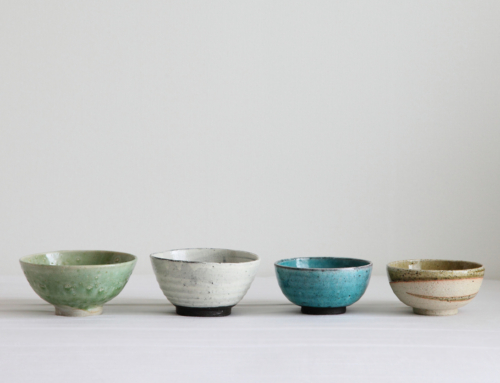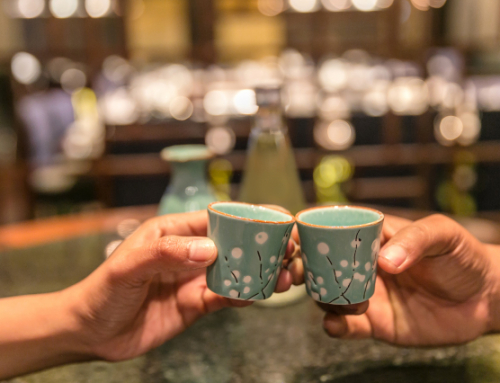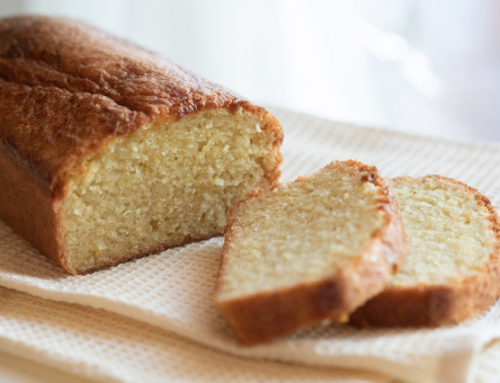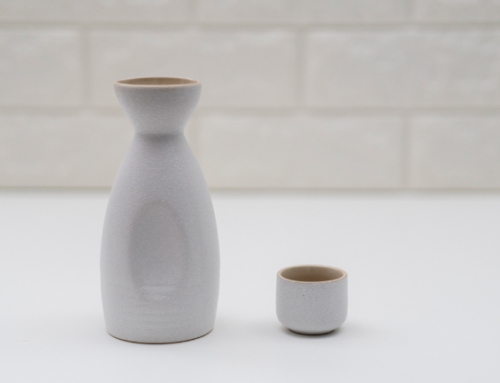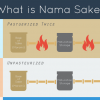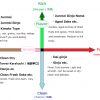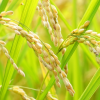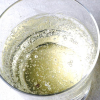Contents
There is a ” season ” which certain foods are said to be the most delicious. Is there any “ season ” with sake?
We would like to touch on these “seasons” in detail.
Sake is made mainly from winter to early spring and is consumed throughout the year, and its taste changes over time. Of course, the taste of the same liquor is different when it is freshly made versus when it is nearly a year old.
Also, since taste preferences vary from person to person, the “season” changes with each person.
This time, I would like to introduce the recommended sake for each season in order to find your “season” of sake.
Winter ~ spring
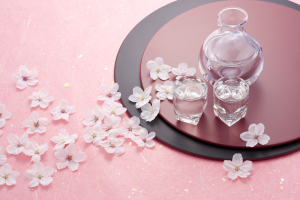
Kizake is recommended from spring to winter.
After sake is squeezed, it is stored through a heating process called “hi-ire”, which is to weaken the action of enzymes that change the taste. Sake that has not gone through this “hi-ire” process is “kizake”, and you can enjoy a fresh taste. Especially recommended is unfiltered raw sake, and while filtration is an important process for liquor, it also has the side effect of removing aroma and taste due to its filtering with a cloth. Unfiltered raw sake has a profound taste similar to that squeezed in a brewery, and goes well with spring vegetables such as canola blossoms, aralia buds, and butterburs. In principle, the entire amount of kizake is bottled in the spring. Since its quality is variable, we would like you to drink it as soon as possible after purchase.
Summer
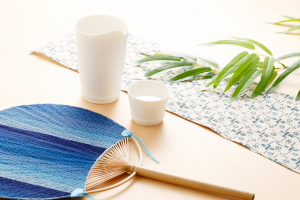
Refreshing ginjo sake is recommended in the hot summer.
Ginjo sake is dry with a clear after taste and is quite refreshing. In addition, there are brands that have a low alcohol content, so you can chug away.
How about enjoying a refreshing, chilled ginjo sake?
Origarami and nigari sake such as “Usu-nigori” and “Natsu-nigori” are also often preferred in the summer because they aren’t too foamy and refreshing.
Autumn
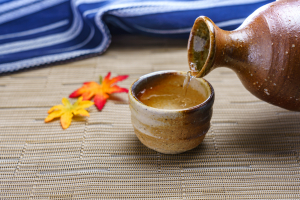
Recommended in autumn is “Hiya-oroshi” and “Aki-agari”.
New sake made in early spring and first taken through the “hi-ire” process and refrigerated, and offered in the autumn (cold) is called “hiyaoroshi”. It is a little aged and the taste is adjusted and the balance is improved. In this way, it is also called “aki-agari” because it tastes better in autumn (aki = autumn, agari can also mean to “rise”). It features a calm and soothing fragrance and a dense flavor. It is very delicious when combined with the autumn foods.
https://www.sake-talk.com/if-you-want-to-enjoy-winter-japanese-sake-try-shiboritate/
Conclusion
Sake is made by the brewer over a long period of time. We hope you will be interested in how to enjoy different types sake as the seasons change. Find out how to enjoy your favorite sake while enjoying the different seasonal tastes.

